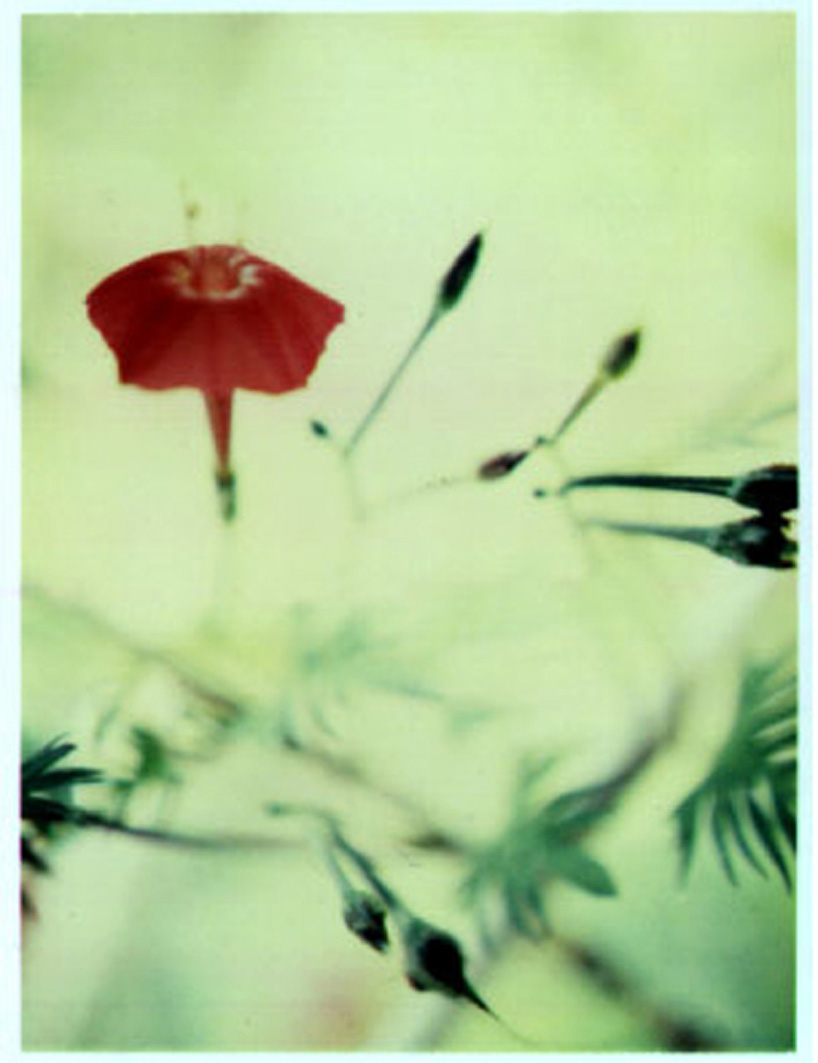
hanayo by charles west from usa
designer's own words:
to mention flower photography first would be like putting the cart before the horse. the origin of hanayo begins with my desire to take large format photographs. i reasoned that a 'real' photographer is capable of taking great photographs in all formats. after my ignorance of the economic realities of large format photography faded, my artistic desire remained. this lead to the decision to use polaroid instead of conventional 4x5, 5x7, or 8x10 film. in searching for 4x5 polaroid back cameras, i came across the oscilloscope camera. for the uninitiated, an oscilloscope camera is a highly specialized camera designed to photograph the screen of an oscilloscope. the lens' depth of field is designed to be extremely narrow so that only what's on the screen is in focus. what this means is that, for any given subject, only one portion will be in focus and the rest which is only a few millimeters away will appear to be distant and out of focus. because of this, the most suitable subject that came to mind to experiment was flowers. when i first shot hanayo in black & white, the results were so abstract that even i could not tell what i had photographed. color became necessary to provide representational information and the need for a flexible exposure range culminated in polaroid 679 as the film of choice. returning to the subject of flower photography, almost all fine art flower photography i had seen involved still life (dead, cut flowers), studio photography with a cloth backdrop, or some combination thereof and they often fail to capture the essence or 'life' of the flowers. photographically, i was initially inspired by karl blossfeldt, but the oscilloscope camera produces photographs whose conventions are diametrically opposite of his. blossfeldt's photographs are highly formal and his plants don't look alive. generally speaking, i think paintings and drawings capture truths about flowers more successfully than photographs do; the flowers are always lively. while my initial photographic inspiration was blossfeldt, my artistic inspiration was jakuchu. i've had a book about him since 1990, and i've always admired and envied his eternal modernity, radical composition and use of space. in another jakuchu inspired idea, i even wanted to present some hanayo photographs on kakejiku (hanging scrolls). this is known as shashin no kakejiku and dates from the meiji period. digital processes have made shashin no kakejiku more feasible than when i first considered the idea but, unfortunately, i did not pursue it. one lesson that can be learned from these photographs is that there is no up, down, right or left; the only direction is towards the light. the radical compositions and unfamiliar scenes in the hanayo series are primarily the result of the flowers' ruthless orientation towards the sun.
morning glory red
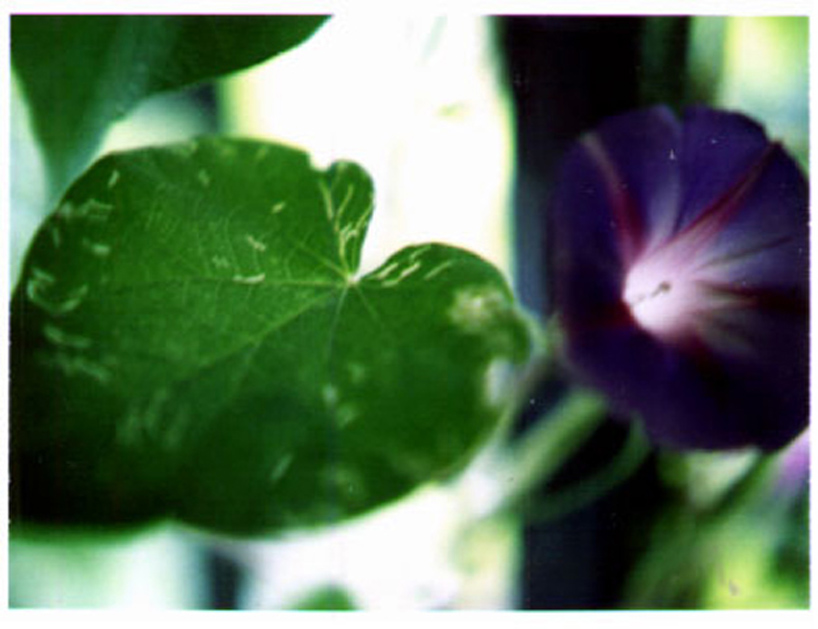 morning glory purple
morning glory purple
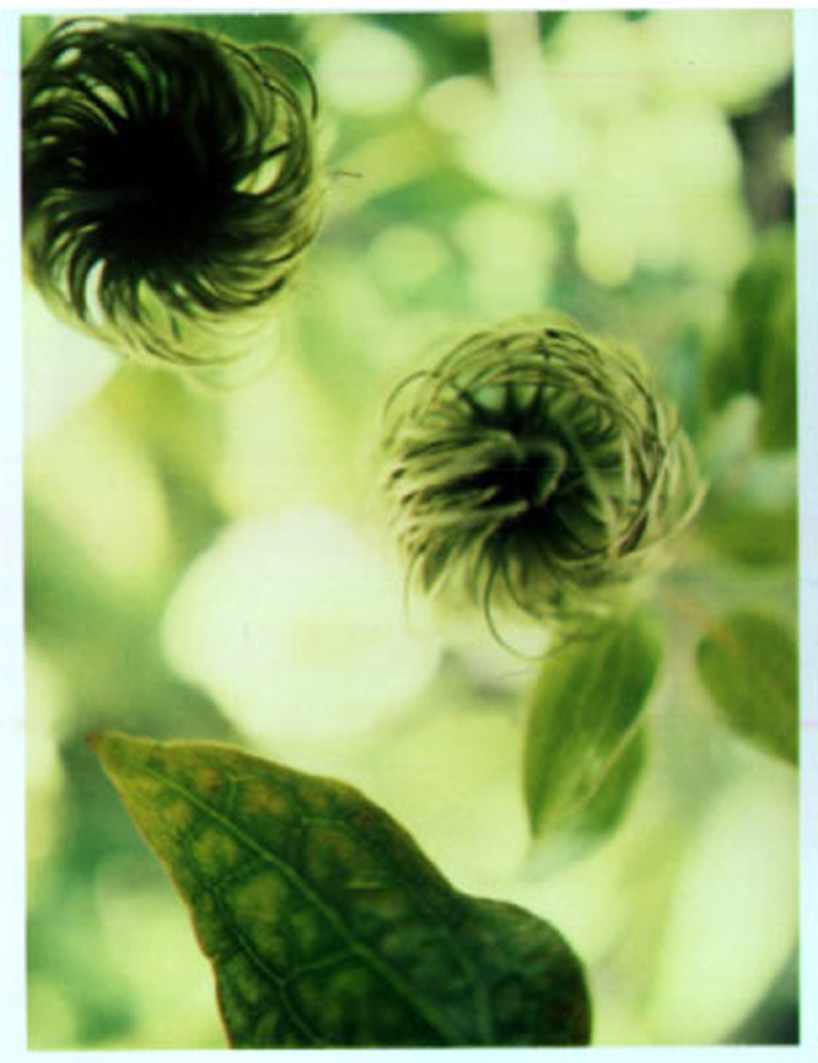 clematis
clematis
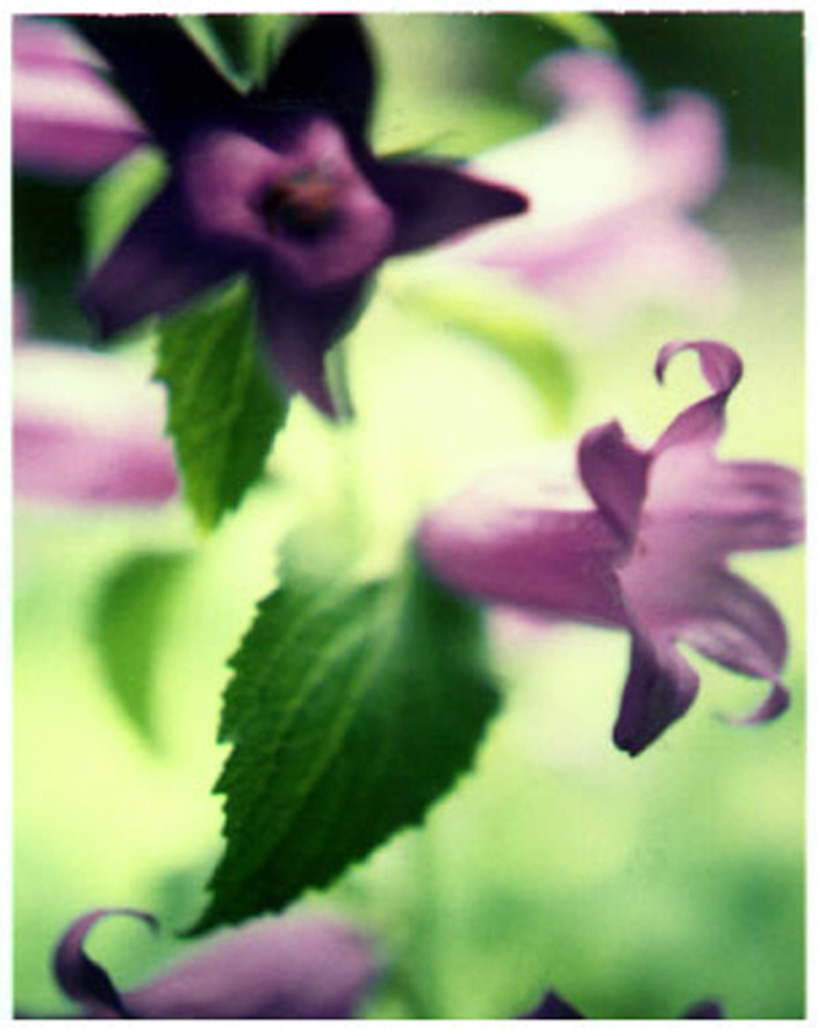 bellflowers
bellflowers
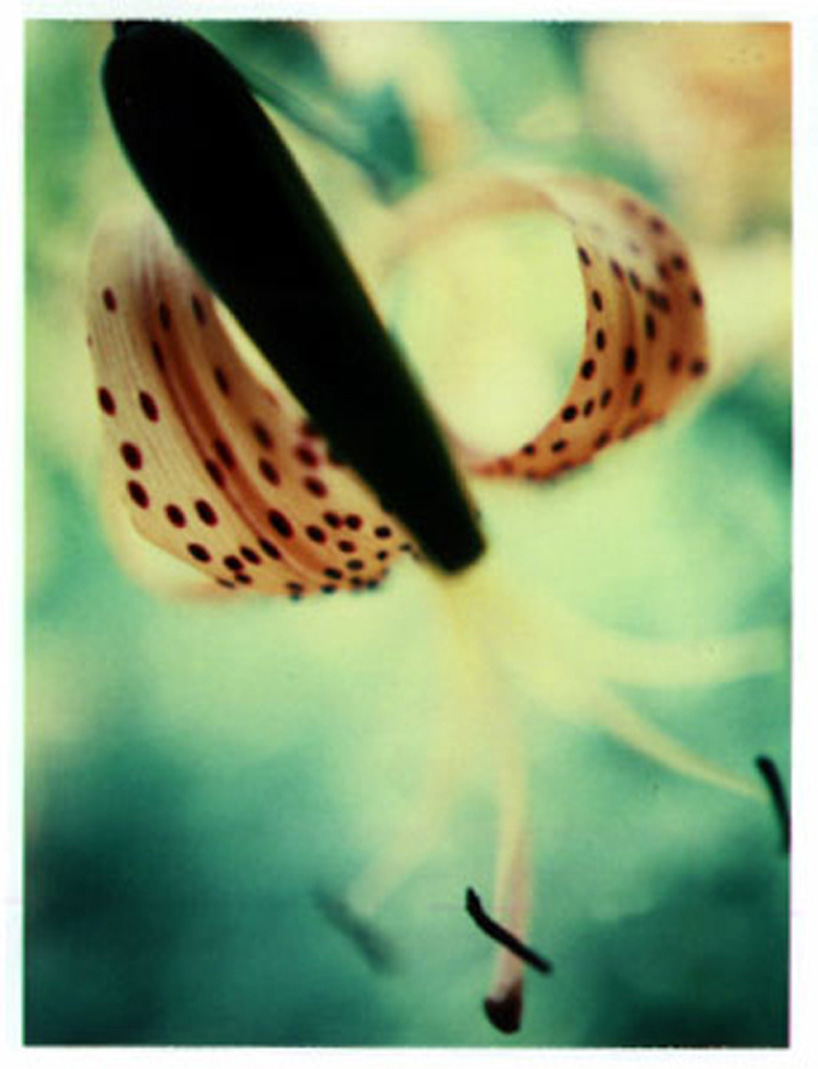 tiger lily
tiger lily
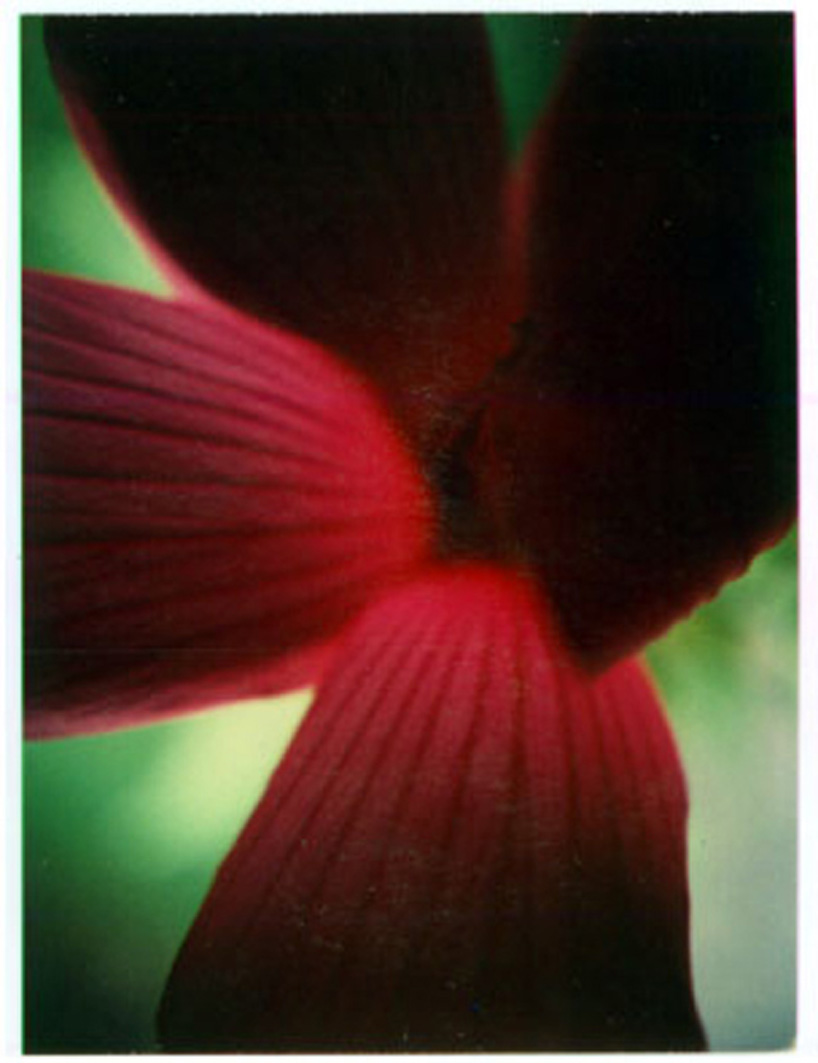 mallow
mallow